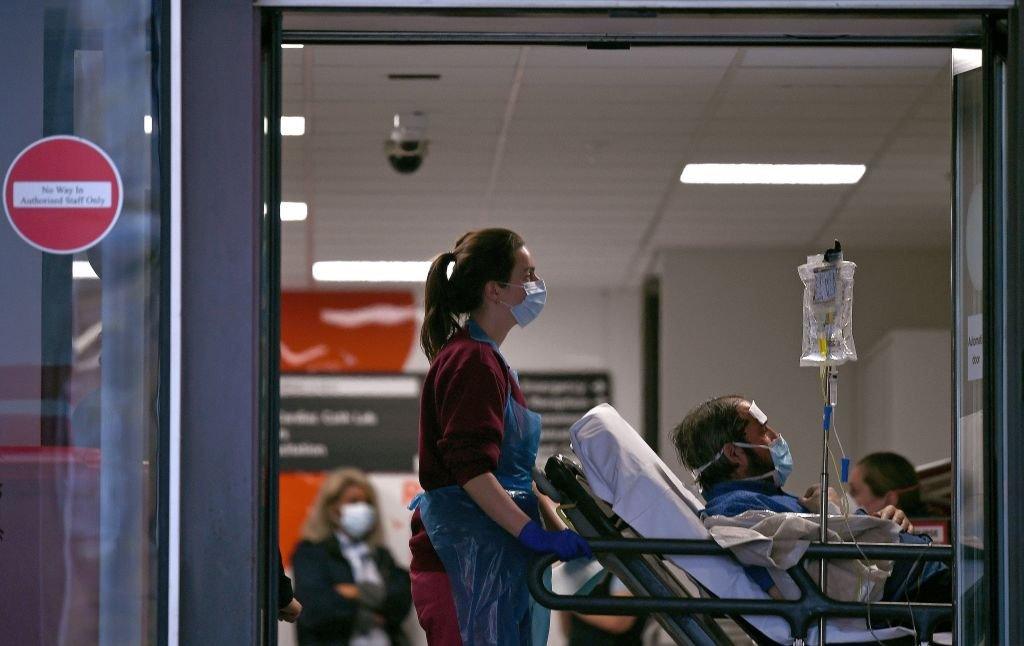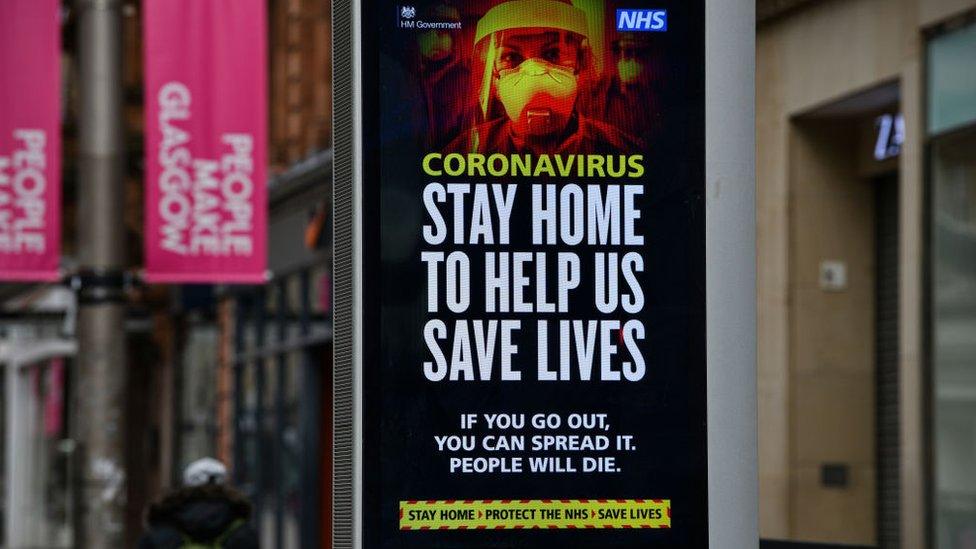Coronavirus in Scotland: What is it like on the medical frontline?
- Published

There are almost 166,000 NHS staff in Scotland
Every day, we are bombarded with new numbers and statistics about the coronavirus pandemic.
There are death rates and infection rates, health board breakdowns and patient testing figures, graphs comparing different countries and that relentless exponential curve everywhere.
But behind all these figures are seriously ill patients - and the health workers fighting to save them.
Allan Cameron, a consultant in acute medicine at a Scottish hospital, writes about the reality of life for those at the heart of this outbreak.

Each day, the Scottish test figures bring us mixed news. There are more cases of Covid-19 identified, but we also seem to have an increase in testing capacity.
For anyone who works in the NHS, I can't tell them anything they don't already know, but there will also be some of you stuck at home wondering what's happening in the local hospitals.
Covid-19 is now commonplace on our wards, and has made profound changes to how we work at an incredible pace.
I was working on the newly-repurposed Covid-19 high dependency unit over the weekend and it is already filled with people who are very unwell.
They often remain conscious and comfortable well past the point where they know as well as we do that they're not going to make it
For most people who need to come into hospital with Covid-19, they require oxygen and some basic nursing support. They are scared, and some of them are miserably unwell, but they get better.
Their relief when they know they are over the worst of it is a great joy for everyone and reminds us all why we're working so hard.
Some people are not so lucky, and we can only try to support and comfort them as their lungs stop being able to absorb oxygen, no matter how much of it we provide.
They often remain conscious and comfortable well past the point where they know as well as we do that they're not going to make it.

These are not all people who would otherwise been approaching the end of their life, but often those in late middle age, enjoying the early part of their retirement and helping to bring up young grandchildren.
It's a horrible disease.
It has been humbling to see the response of the public and my colleagues in the NHS.
All the petty differences that melt away as people work towards a common goal. The people who suddenly and unexpectedly become magnificent when the pressure is on.
Looking at graphs can help keep us informed and hopefully soon will trace a pattern of containment and recovery, but in the meantime we need to remember that every pixel hides a very human story.

A SIMPLE GUIDE: How do I protect myself?
AVOIDING CONTACT: The rules on self-isolation and exercise
LOOK-UP TOOL: Check cases in your area
MAPS AND CHARTS: Visual guide to the outbreak
VIDEO: The 20-second hand wash
